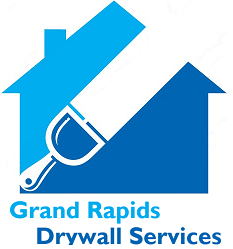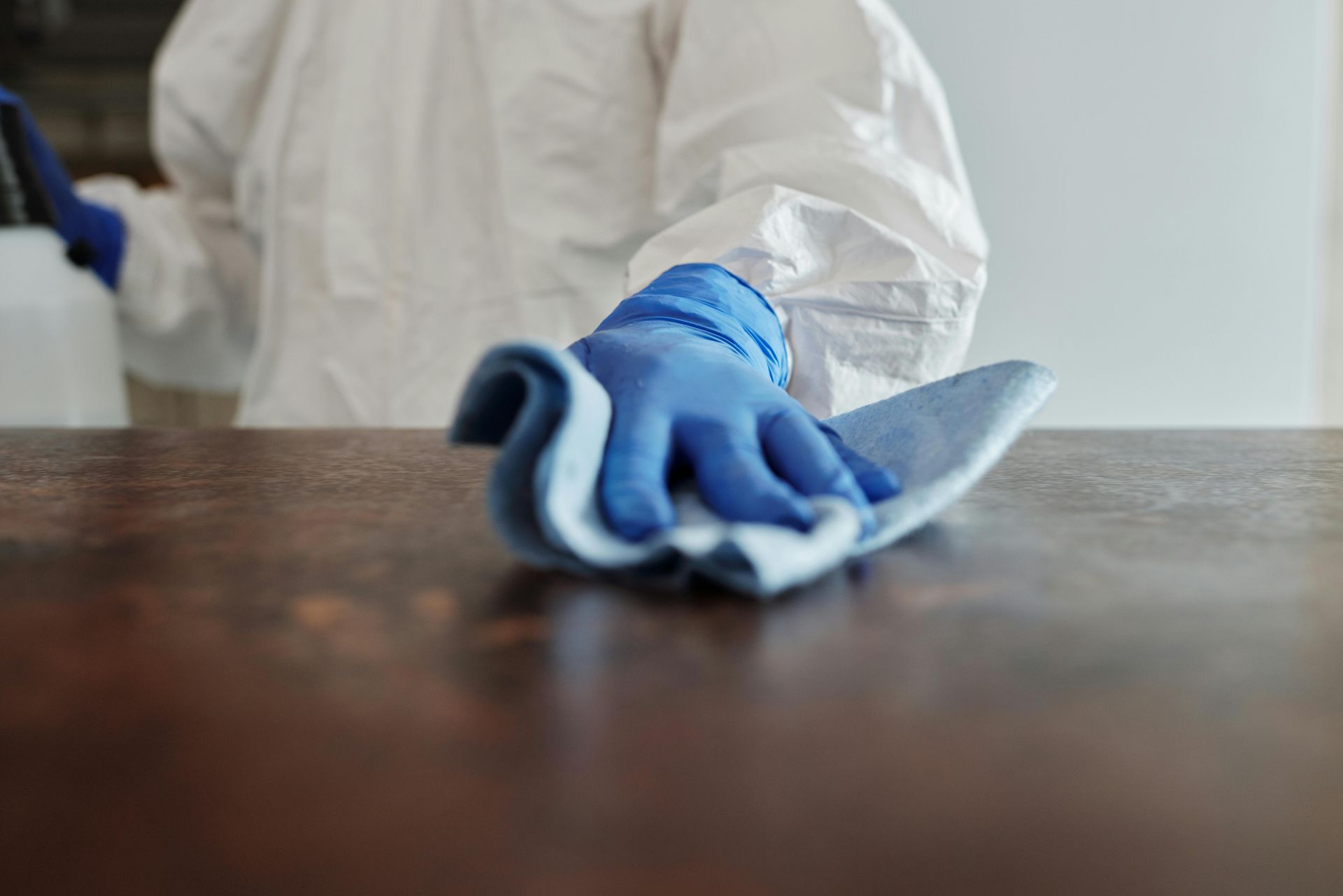Make the most of Drywall repair with quality crafstmanship.
The new season is a great reason to spruce up your home or office. Whether you've got damaged walls from kids or pets , here are some tips for making quality improvements.
Quality drywall repair is not just about fixing a hole or covering up imperfections; it's an art that requires precision, skill, and attention to detail. Whether it's a small dent from a piece of furniture or a larger hole from accidental damage, proper drywall repair can seamlessly restore the integrity and appearance of your walls.
The first step in achieving quality drywall repair is assessing the damage. This involves identifying the extent of the damage, whether it's a simple cosmetic issue or a structural concern. Understanding the nature of the damage allows the repair technician to determine the best course of action and ensure that the repair is comprehensive and long-lasting.
Once the damage has been assessed, the next step is to prepare the area for repair. This may involve clearing away debris, sanding down rough edges, and ensuring that the surrounding area is clean and free of dust or other contaminants. Proper preparation is crucial for ensuring that the repair materials adhere properly and that the finished result is smooth and seamless.
After preparing the area, the repair technician will begin the process of filling in the damaged area. This typically involves applying a joint compound or spackling paste to fill in holes, cracks, or dents. The key here is to apply the compound evenly and smoothly, ensuring that it blends seamlessly with the surrounding wall surface. This may require multiple layers of compound, with each layer being allowed to dry completely before the next one is applied.
Once the compound has been applied and allowed to dry, the repair technician will sand the area smooth to create a seamless finish. This step is crucial for achieving a professional-looking result, as any roughness or unevenness will be visible once the wall is painted or finished.
After sanding, the repaired area is ready for priming and painting. The primer helps to seal the repair and ensure that the paint adheres evenly to the surface. Choosing the right primer and paint color is important for achieving a seamless finish that matches the surrounding wall perfectly.
In addition to repairing visible damage, quality drywall repair also involves addressing any underlying issues that may have caused the damage in the first place. This may include fixing issues with the underlying structure of the wall, such as moisture damage or improper installation. By addressing these underlying issues, the repair technician can help to prevent future damage and ensure that the repair is long-lasting.
Overall, quality drywall repair requires a combination of skill, precision, and attention to detail. From assessing the damage to preparing the area, applying the compound, sanding, priming, and painting, every step of the process is important for achieving a seamless and professional-looking result. By hiring a skilled and experienced repair technician, you can ensure that your drywall repairs are done right the first time, saving you time, money, and frustration in the long run










